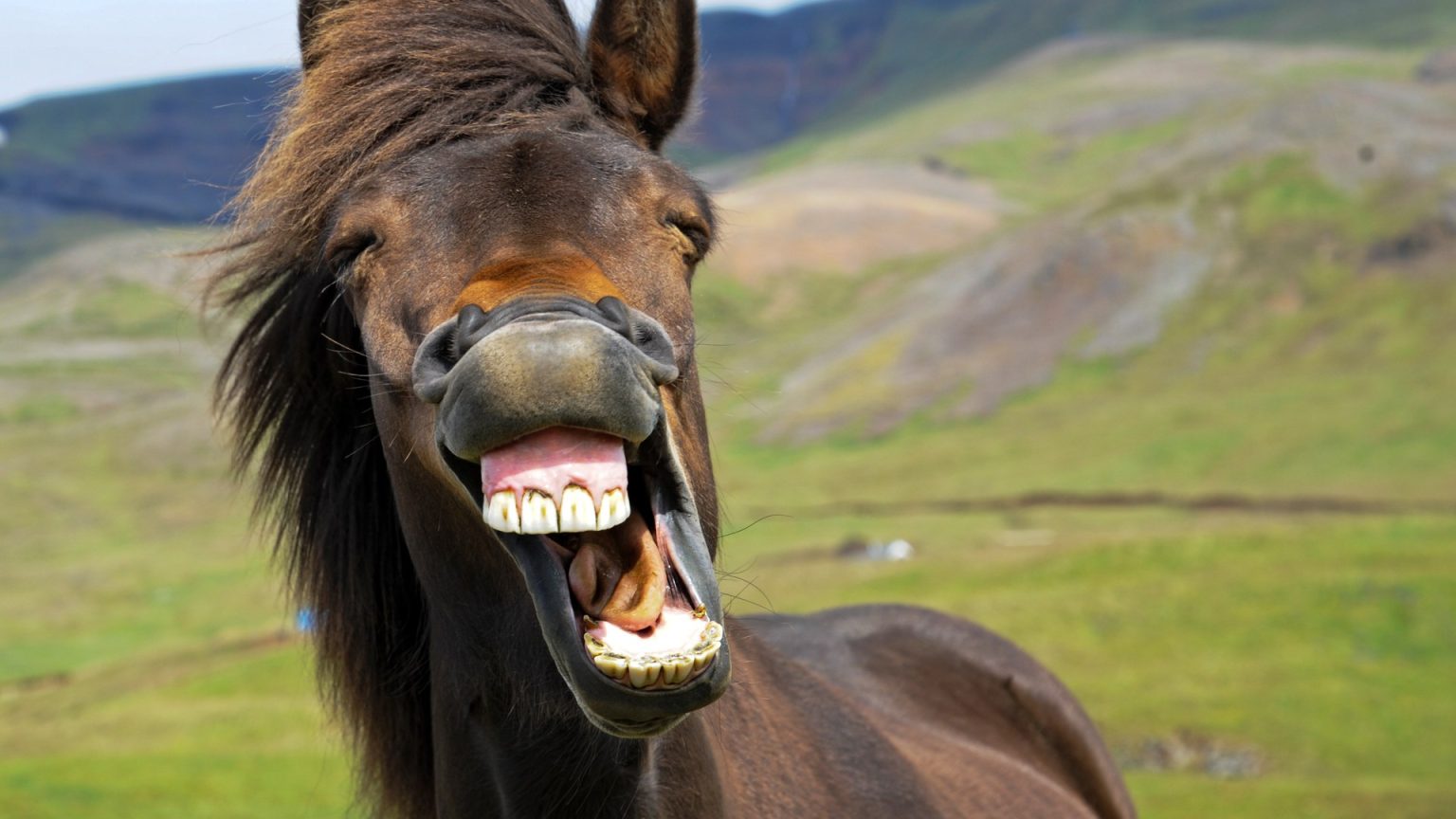Summarized Content:
1. The“What’s New with Horses?” The ‘Language’ of Horses
The discovery reveals that horses possess a deeply unique “language” that allows them to express emotions in rich, detailed narratives through their facial expressions, reaching beyond human capabilities. Scientists have recently uncovered that horses, like other animals, store hundreds of distinct facial movements and expressions to convey a wide array of emotions. This study, conducted by researchers at Aberystwyth University and collaborating with Institute of Competition, uncovers the complexity of this “language” by observing horses in various social contexts—fruitful, angry, tense, and playful interactions.
2. Emotions and Facial Movements in Horses
During friendly interactions, horses exhibit a range of facial expressions associated with dominance, emotional honesty, and playful teasing. For example, when a horse is dominating, it points its ears forward, extends its nose, dilates its nostrils, and lowers its head. To express anger or frustration, a horse might bow, point its head backward, and extend its nose. On thetopics of trust, cooperative behavior, and slower, more introspective interactions, horses use facial expressions to convey a variety of emotions, from frustration and anger to confusion and="${user Khloe)" nervousness.
3. Movement Analysis in Horses
Using advanced computer vision techniques, the researchers analyzed individual muscle movements in horses and compiled a list of eleven distinct facial expressions. These movements charted in detail provide a macro-level view of how horses perceive and respond to different stimuli. Interestingly, the facial behaviors observed in horses during playful interactions were structurally similar to those seen in primates and dogs, suggesting a deep biological and evolutionary foundation for these movements.
4. Structural Similarities Between Horses and Mammals
Dr. Sebastian McBride, a leading co-author of the study, highlighted the structural similarities in the facial movements observed in horses and primates. This research supports the notion that facial expressions serve as a “primal language” to communicate emotions, behaviors, and strategies. Hypothetically, understanding these movements could explain how different species—such as humans and primates—displayed complex facial expressions in various contexts.
5. Hypothesis and Implications for Animal Care
The findings have implications for both scientific understanding and practical care of horses. By revealing deeper aspects of their “language,” the study may help researchers design new treatments for pain and distress in horse pets. For example, AUH21, a novel mitochondrial protein identified in the study, could potentially be used to detect and manage pain more effectively. This research could also lead to improved communication between humans and horses, enhancing their interaction and bond, which is crucial for social navigation and emotional well-being in the wild.
6. Conclusion
The study underscores the intricate and multifaceted “language” horses use to navigate criticism, cooperate, and express themselves. By leveraging ambitious new techniques, researchers have uncovered features that reveal their relationship with basic emotions and life in the wild. This knowledge could revolutionize horse care, offering new tools to improve pets’ lives and better integrate horses into our communities.




